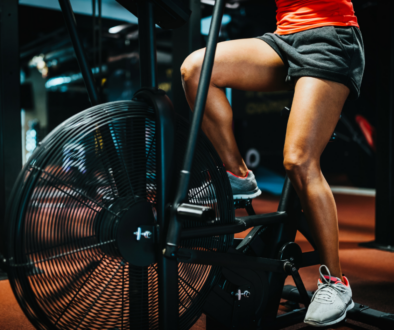Low Back Pain: Part 1 (Self-Myofascial Release)
 If you’re like millions of Americans, you’ve experience low back pain at some point or even chronically. While you may feel like popping an Advil and curling up on the couch, that’s actually the worse thing you could do. Instead, focus on gentle movements like these when you’re in the early stages of feeling like you “pulled” something in your back, or as I like to say, when your back is really “angry.” When you can handle more movement, add low back specific mobility training.
If you’re like millions of Americans, you’ve experience low back pain at some point or even chronically. While you may feel like popping an Advil and curling up on the couch, that’s actually the worse thing you could do. Instead, focus on gentle movements like these when you’re in the early stages of feeling like you “pulled” something in your back, or as I like to say, when your back is really “angry.” When you can handle more movement, add low back specific mobility training.
My Functional Mobility Training is a 3-part approach that incorporates Self-Myofascial Release, Stretching, and Corrective Exercise. In this 3-part blog series, you’ll learn how to use each of this techniques for relief from low back pain.
Part one begins with self-myofascial release. Grab your foam roller, LAX ball, and a peanut to release muscular tension in the low back and surrounding muscles that can contribute to low back pain.
Release the quadratus lumborum with a foam roller or a ball (and yoga block):
Release the erectors with a peanut:
Release the latissimus dorsi with foam roller:
Release the pectoralis major and minor with 2 balls and 2 blocks:
Release the hips and glutes with a LAX ball:
Release hamstrings with LAX ball:
These self-myofascial release techniques for low back pain can be done anytime; before and/or after a workout, as part of your mobility training (followed by stretches for low back pain and corrective exercises) one or more times per week, before bed to relax, in the morning to help get you moving, or anytime you need to release tension.
This post contains affiliate links.



